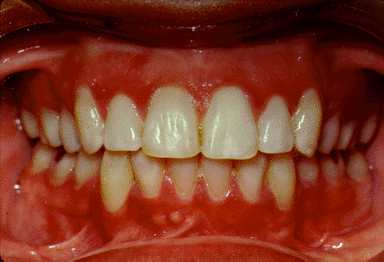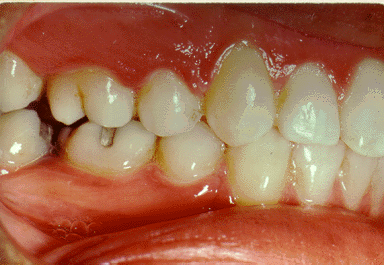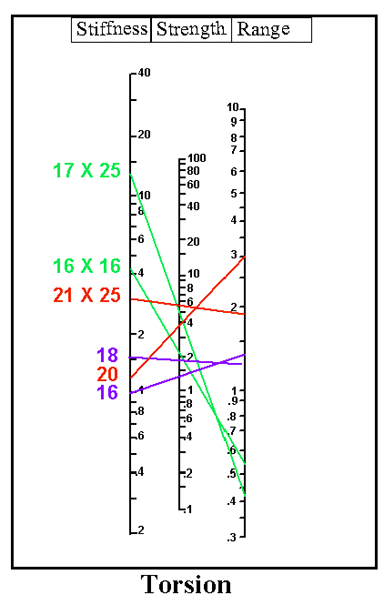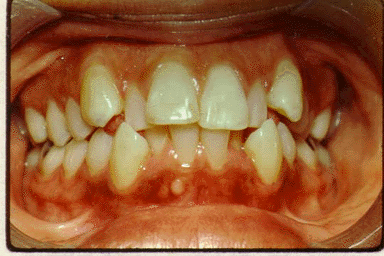

|
|
|
Phase V - FinishingFinishing is the fifth phase in orthodontic treatment. Finishing involves many processes that are designed to produce a stable and esthetic result of orthodontic treatment. The various phases of finishing include:
The goal of finishing is to produce teeth that are aligned in the most ideal configuration. Finishing aims to align teeth as follows: 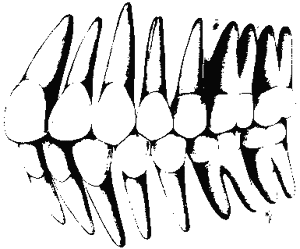
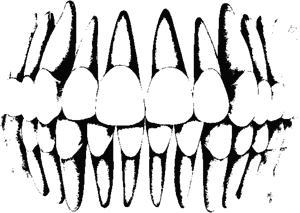
With the proper orthodontic technique, your patient's teeth will move to result in the following configuration:
The process of finishing is accomplished by using many different techniques. One technique is incisor torque. Incisor torque provides the incisors with the proper angulation. Incisor torque is accomplished by adjusting the angulation of a tooth without any bodily movement. Incisor torque requires a wire with the following specification relative to space closure:
higher strength Shape:
Would you prefer a round or a rectangular wire? Size:
Note:
Phase VI - Retention
Which wire would work best for this phase? Retention The final phase of orthodontic treatment is retention. Since teeth have been moved to correct a dental malocclusion, teeth can also move to reproduce the same malocclusion if preventive measures are not taken. The goal of retention is to stabilize the new configuration of the teeth so that the teeth do not move back to their original position or relapse. Retention is necessary because a period of time is needed for the bone around the teeth to finish remodeling and stabilize the teeth. Retention is accomplished by use of a retainer that simply holds the teeth in position for the duration of time require for the PDL and bone to stabilize. The PDL and bone require approximately 12 months for stabilization.
Retention is a special phase of orthodontic treatment because the goal of retention is to prevent movement not create movement. Retention requires a wire with the following specification relative to finishing:
highesr strength Shape:
Would you prefer a round or a rectangular wire?
Which wire would work best for this phase?
Retention allows you to maintain that now beautiful smile!!
Last Update: August 20, 1998 Please direct questions and comments about this page to appl@net.chem.unc.edu Designed in cooperation with The Shodor Education Foundation, Inc. © Copyright 1998 The University of North Carolina at Chapel Hill |

